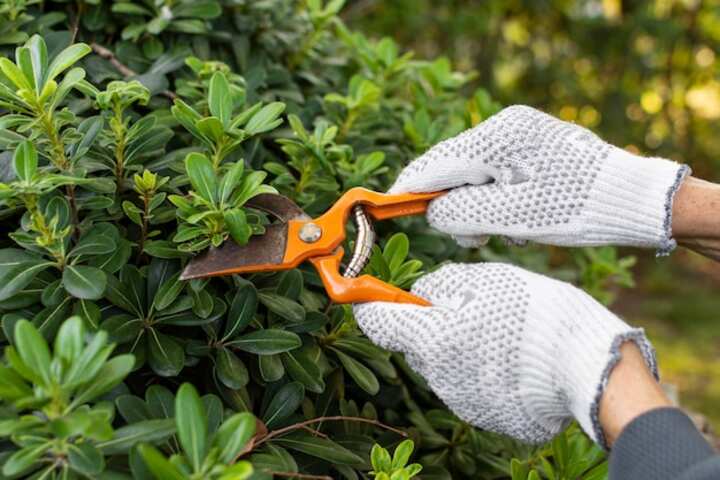
Expert Tree Health and Risk Assessment Services in Memphis
In the lush landscapes of Memphis, trees are not only a source of beauty but also vital components of the ecosystem. However, maintaining their health and ensuring public safety requires expert tree health and risk assessment services. This process involves evaluating the structural integrity, health condition, and potential hazards posed by trees, which is crucial for both residential and commercial properties. Understanding the nuances of tree health and risk assessment can help property owners make informed decisions about tree care and management.
The Importance of Tree Health and Risk Assessment
Tree health and risk assessments are essential for several reasons:
- Safety: Regular assessments help identify potential hazards such as weak branches or decaying trunks, reducing the risk of injury or property damage.
- Longevity: Evaluating a tree's health can lead to interventions that extend its life and preserve its ecological benefits.
- Property Value: Healthy and well-maintained trees enhance property aesthetics and value, making assessments a wise investment.
Components of Tree Assessment
Visual Inspection
A visual inspection is the first step in assessing tree health and risk. It involves examining the tree for signs of disease, decay, or structural weaknesses. Trained professionals look for:
- Dead or dying branches
- Cracks or splits in the trunk
- Signs of pest infestations
- Fungal growth or decay
- Unusual leaf discoloration
Read more about this topic to understand the significance of visual inspections in tree health assessments.
Advanced Diagnostic Tools
In addition to visual inspections, advanced diagnostic tools can be utilized for more comprehensive assessments. These may include:
- Resistograph Testing: Measures the resistance of wood to a drilling needle, indicating internal decay.
- Tomography: Uses sound waves to create a cross-sectional image of the tree's interior, revealing any hidden defects.
- Soil Analysis: Determines the nutrient content and health of the soil surrounding the tree, affecting its overall vitality.
Learn more in this detailed guide about how these tools contribute to effective tree assessments.
Risk Assessment Process
The risk assessment process evaluates the likelihood of tree failure and its potential impact. It involves several key steps:
- Site Evaluation: Understanding the tree's environment, including proximity to buildings, power lines, and public areas.
- Tree Evaluation: Assessing the tree's species, age, size, and condition to determine its risk potential.
- Risk Rating: Assigning a risk level based on the likelihood of failure and the severity of potential consequences.
- Action Plan: Developing a management plan to mitigate identified risks, which may include trimming, cabling, or removal.
Explore further insights here on how risk assessments ensure tree safety and health.
Choosing a Tree Assessment Professional
Selecting a qualified professional for tree health and risk assessments in Memphis is crucial. Consider the following factors:
- Certification: Ensure the assessor is certified by a recognized arboriculture organization.
- Experience: Look for professionals with extensive experience in tree assessments in diverse environments.
- Customer Reviews: Check out customer reviews here to gauge the quality of service and client satisfaction.
Hiring a knowledgeable and experienced assessor can make a significant difference in the health and safety of your trees. Find additional information here on how to select the right tree care expert.